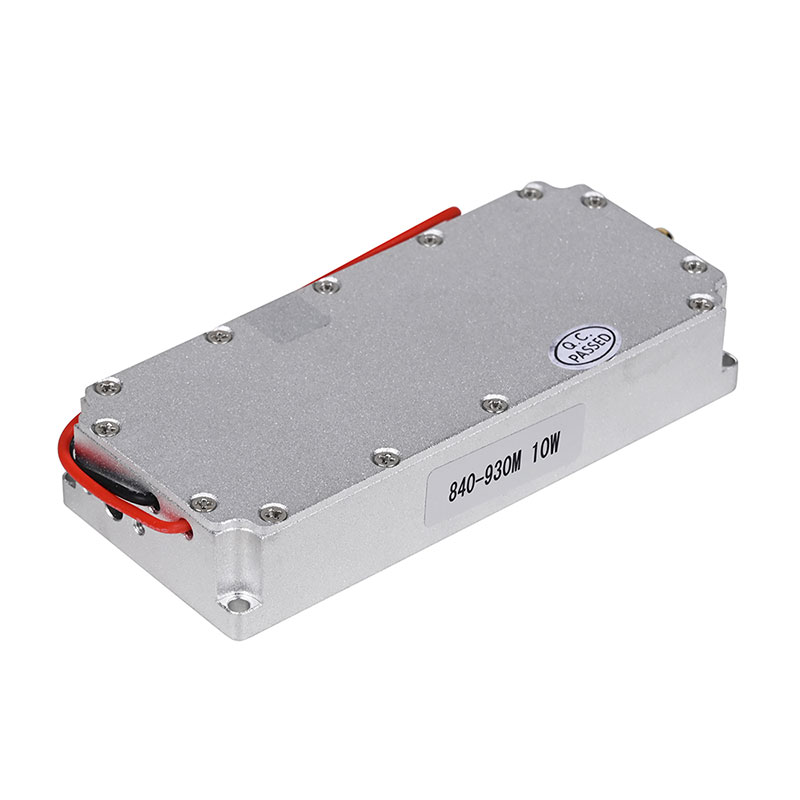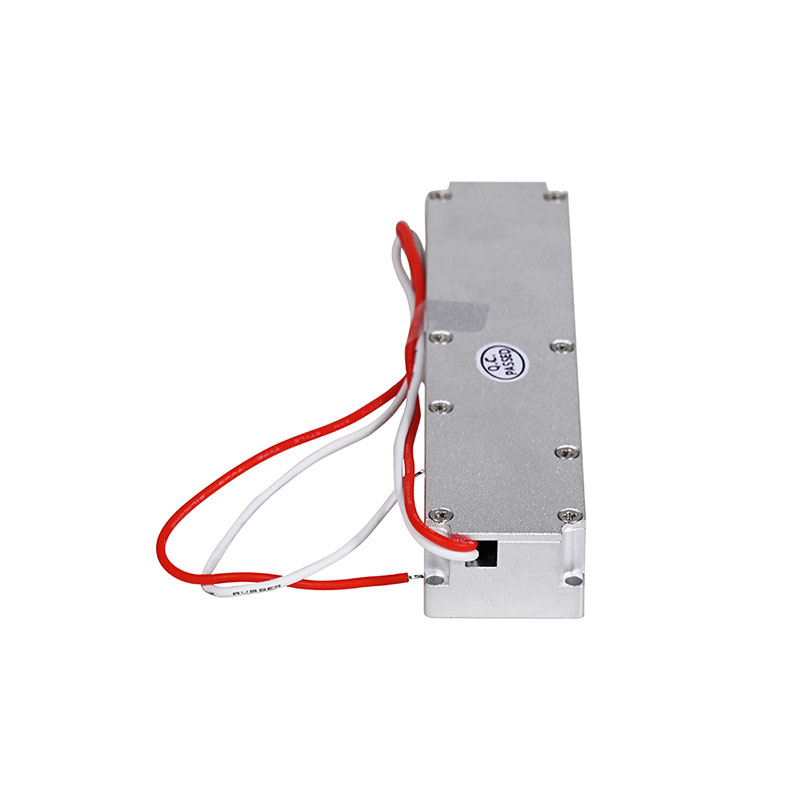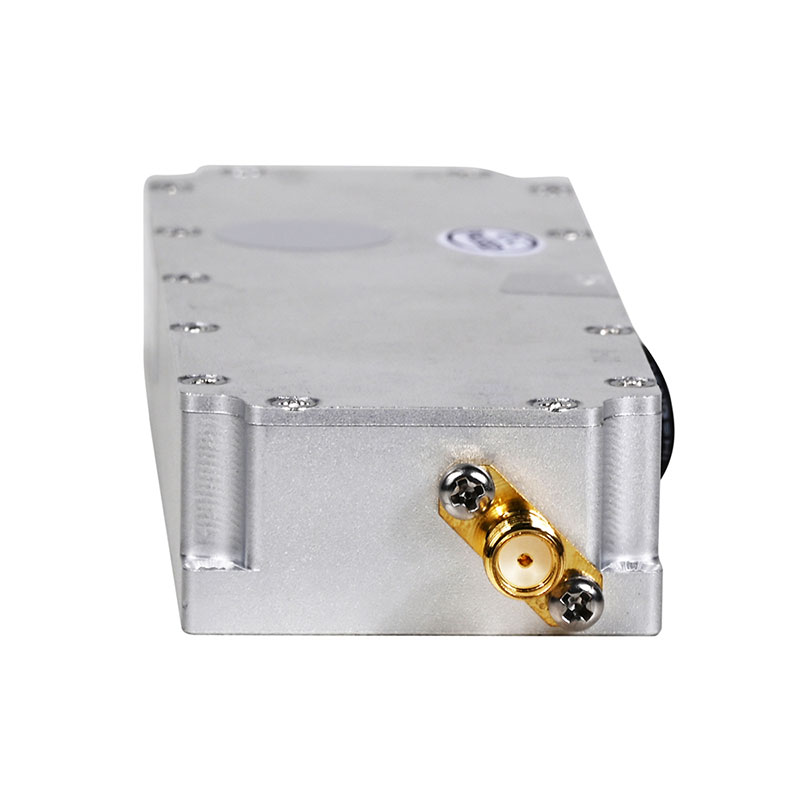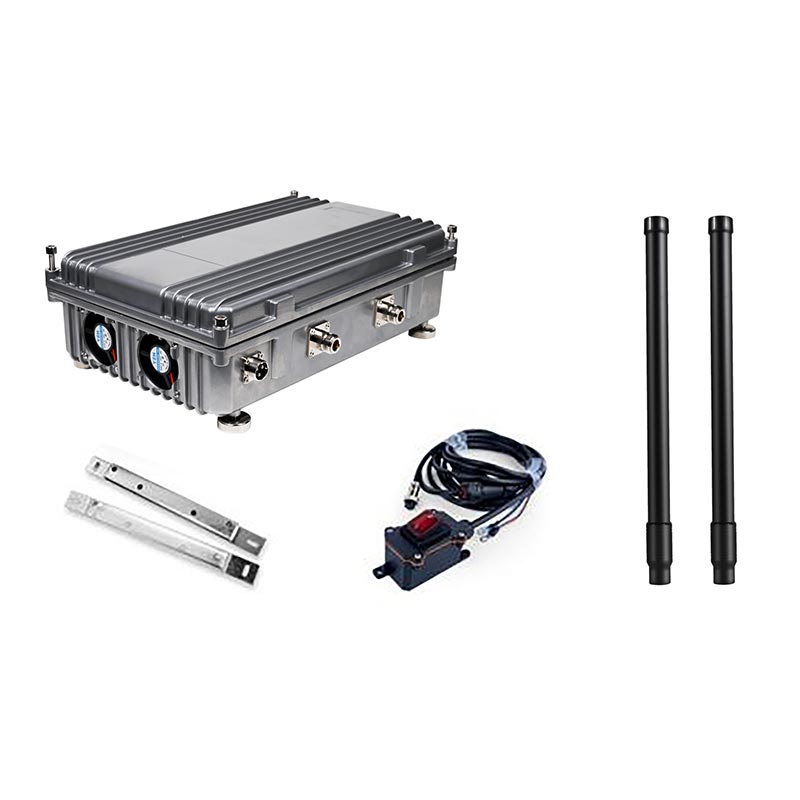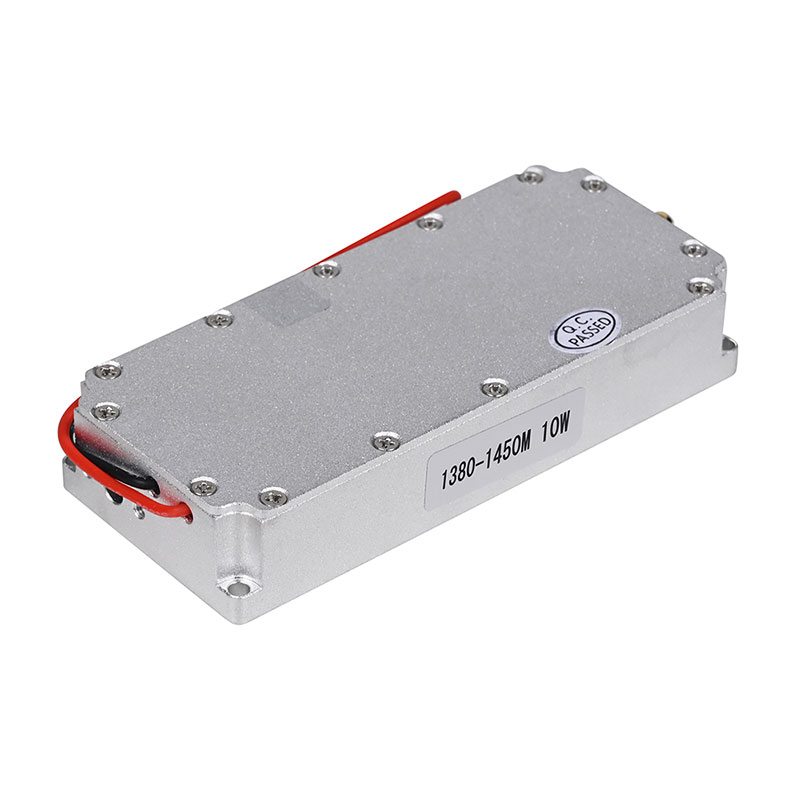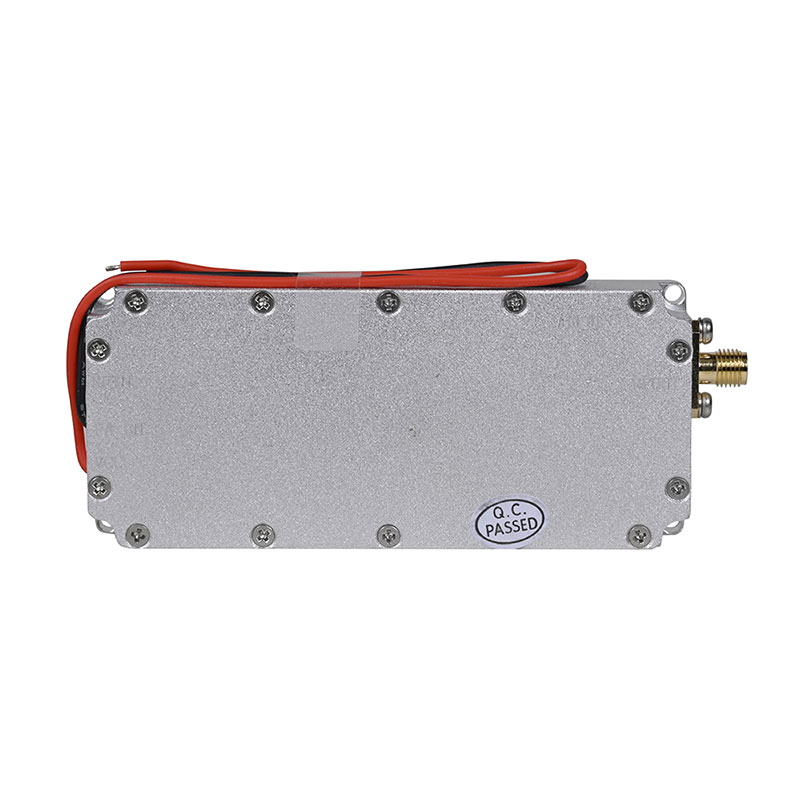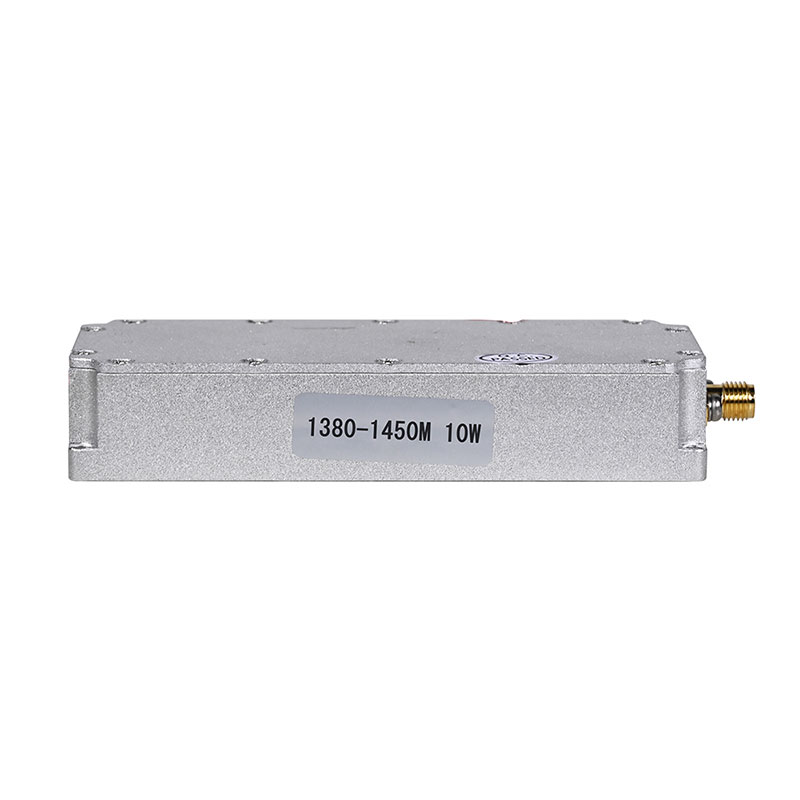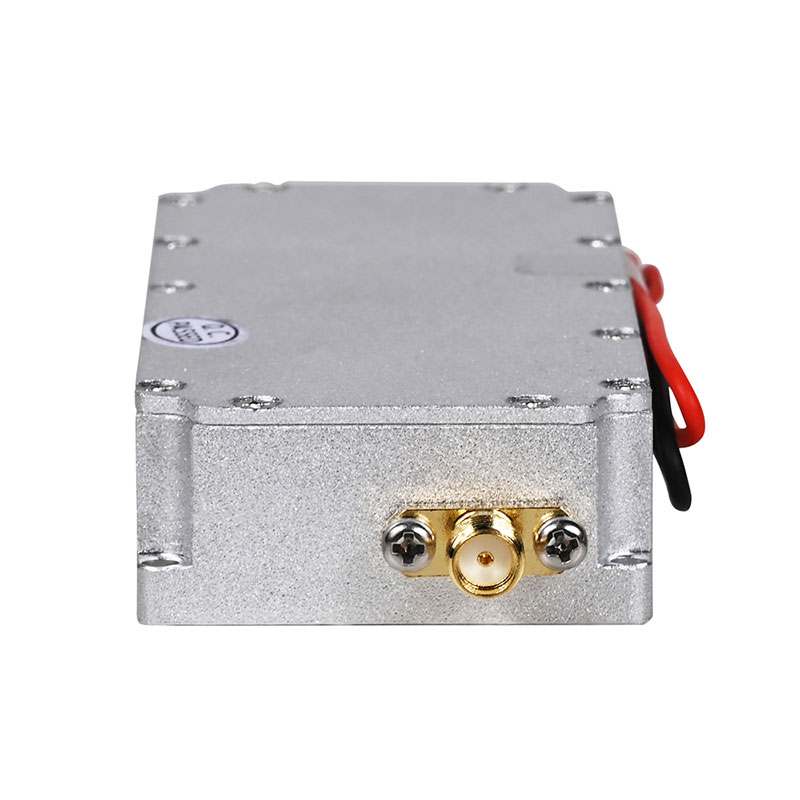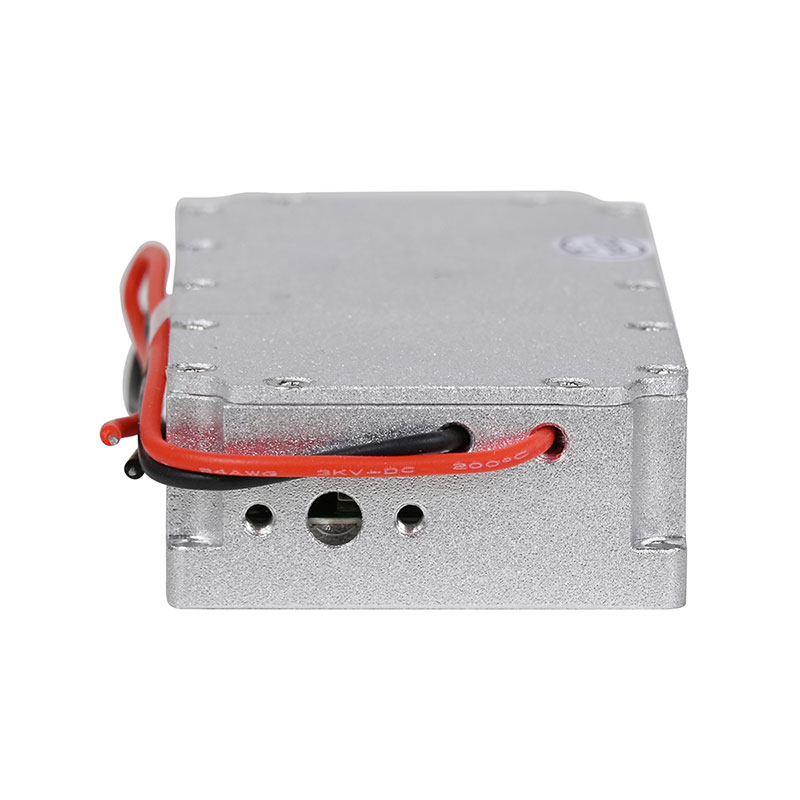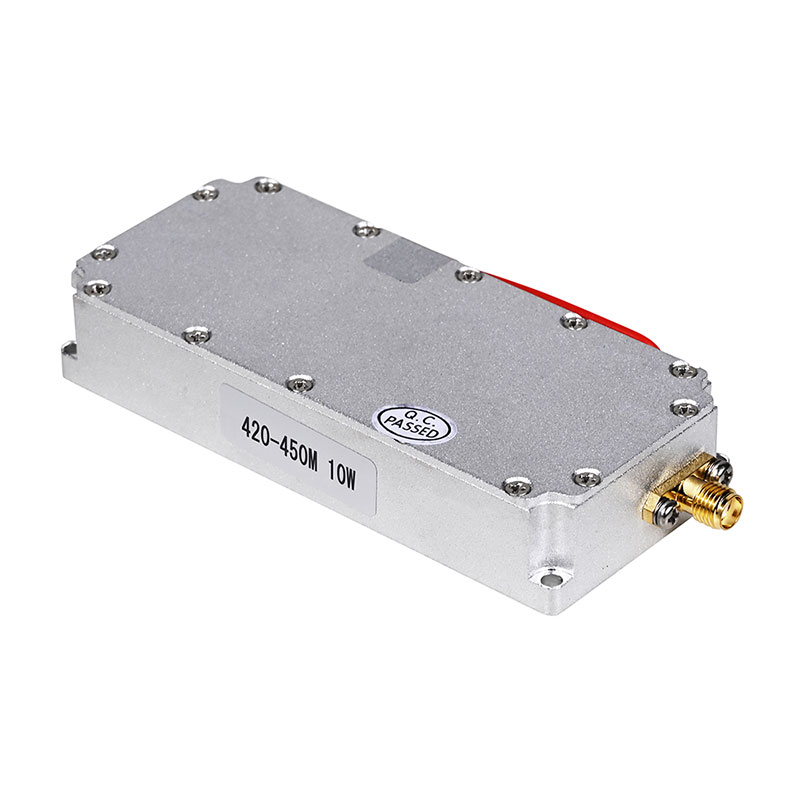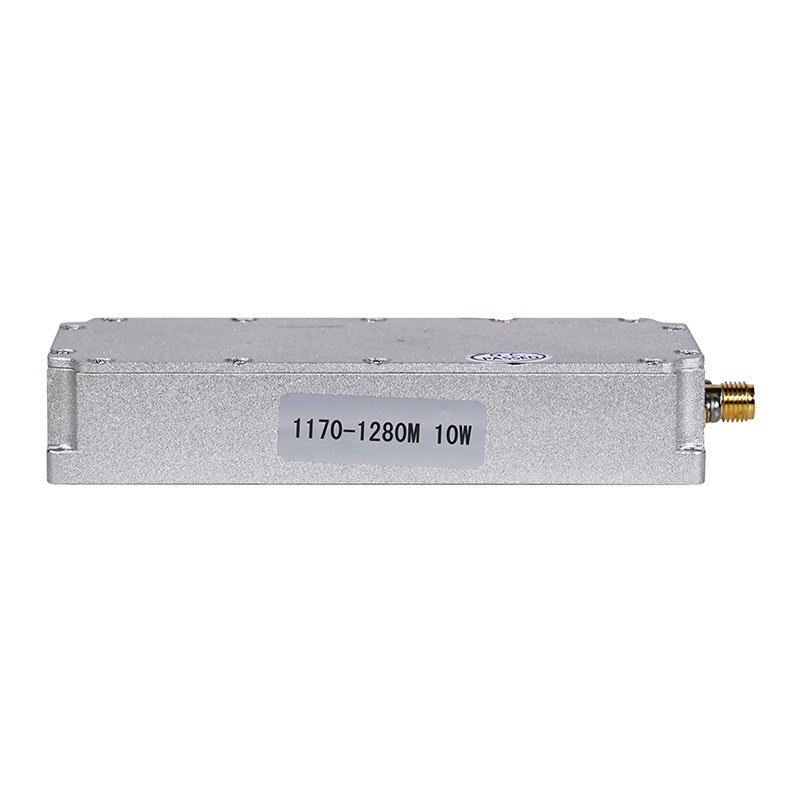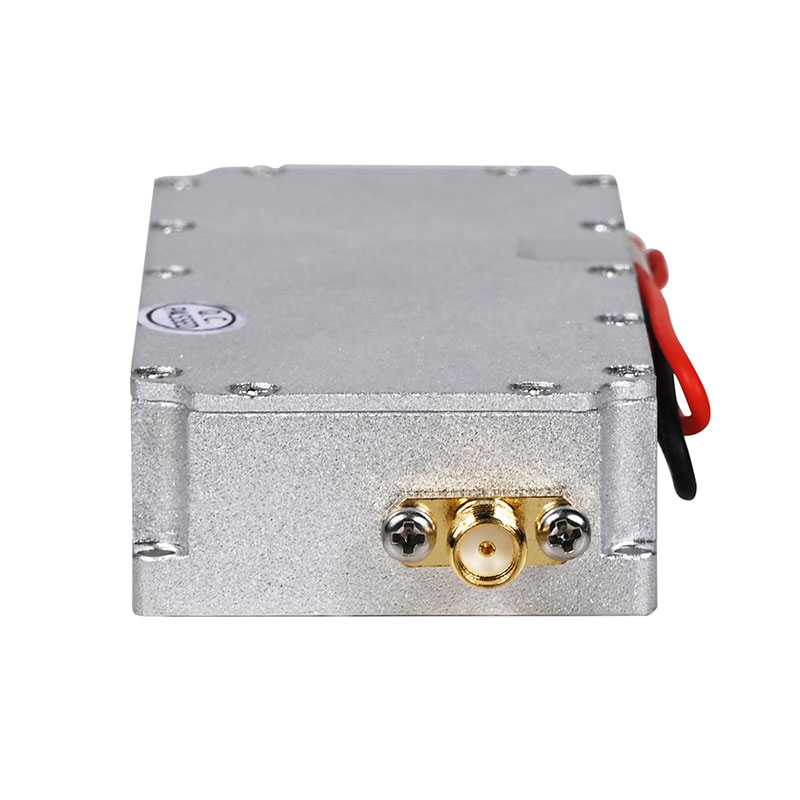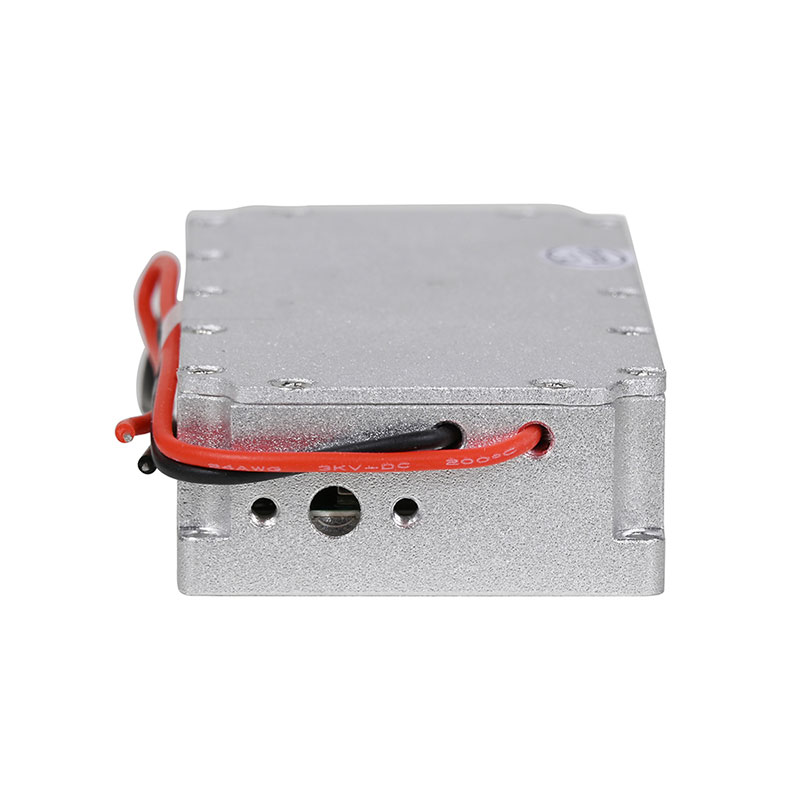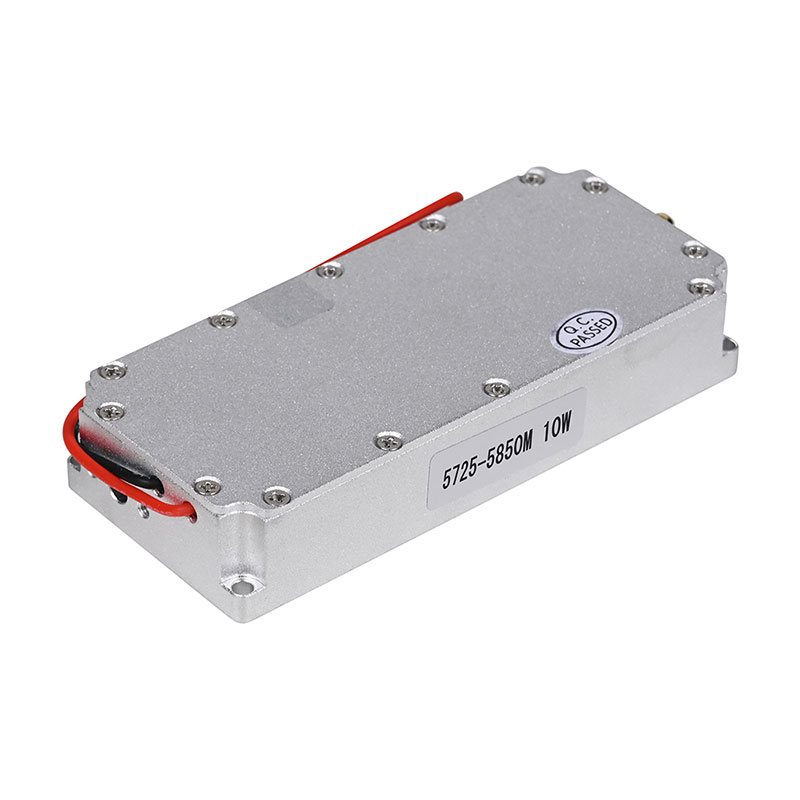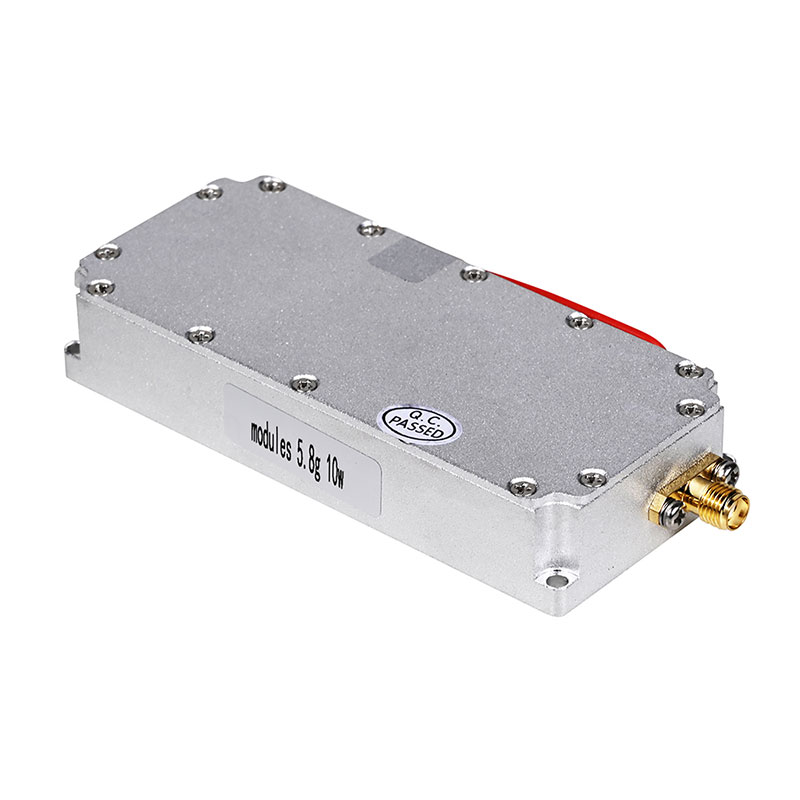
- English
- Español
- Português
- русский
- Français
- 日本語
- Deutsch
- tiếng Việt
- Italiano
- Nederlands
- ภาษาไทย
- Polski
- 한국어
- Svenska
- magyar
- Malay
- বাংলা ভাষার
- Dansk
- Suomi
- हिन्दी
- Pilipino
- Türkçe
- Gaeilge
- العربية
- Indonesia
- Norsk
- تمل
- český
- ελληνικά
- український
- Javanese
- فارسی
- தமிழ்
- తెలుగు
- नेपाली
- Burmese
- български
- ລາວ
- Latine
- Қазақша
- Euskal
- Azərbaycan
- Slovenský jazyk
- Македонски
- Lietuvos
- Eesti Keel
- Română
- Slovenski
- मराठी
- Srpski језик
10W 1380-1450MHz Anti Drone Module
Elevate your drone security with FZX's 10W 1380-1450MHz anti drone module, crafted for professional anti-drone applications. Our focus on drone jammers, anti drone modules, and drone defense allows for personalized frequency customization, ensuring optimal performance against drone threats.
Send Inquiry
As the prevalence of drones continues to escalate, the 10W 1380-1450MHz Drone UAV GPS Jammer Module offers a crucial response in addressing unauthorized drone activities. By disrupting the GPS and WiFi frequencies upon which drones rely, this module serves as an indispensable component in safeguarding airspace and countering potential security risks. Acknowledged for its reliability and robust performance, this module constitutes a key pillar in anti-drone technology, ensuring an effective response to drone-related threats. Additionally, the exceptional technical support and customer service provided in the integration of the drone jammer guarantees a seamless experience for customers seeking to enhance airspace security.
FZX 10W 1380-1450MHz Anti Drone Module Parameter
| Project | Index | Unit | Remark | ||
| Frequency Range | 1380-1450 | MHz | Customers can customize the frequency | ||
| Operating Voltage | 28 | V | 28-32V | ||
| Maximum output power | 40±0.5 | dBm | 10W@≤1A | ||
| Gain | 35±1 | dB | Peak-to-peak | ||
| In-band fluctuations | ≤2 | dB | Peak-to-peak | ||
| Spurious emissions | Within work zone | ≤-15dBm/1MHz | dBm |
Center frequency plus CW signal to maximum Output power time measurement |
|
| Outside work zone | 9KHz~1GHz | No higher than normal noise floor clutter | dBm | ||
| 1G~12.75GHz | dBm | ||||
| Output voltage standing wave ratio | ≤1.30 | Without power, standard network output -10dBm | |||
| ≤1.30 | Power Up, Dual Directional Coupler Test | ||||
| High and low temperature test | Working temperature | -10~+55 | ℃ | Low temperature can start | |
| Gain stability | ±1.5 @-40℃~+55℃ | dB | |||
| Power stability | ±1 @-40℃~+55℃ | dB | |||
| Power supply requirements | ≥2A@+28Vdc; | Continuous wave output 10W | |||
| Power supply interface | Power cord red positive black negative | red positive black negative | |||
| RF output connector | SMA | SMA external screw female seat | |||
| Electric current | ≤1 | A | |||
| Size | 25.6*111.7*17 | mm | |||
| Weight | 0.14 | Kg | |||
FZX 10W 1380-1450MHz Anti Drone Module Feature And Application
The primary function of a drone countermeasure anti drone module (Radio Frequency module) is to obstruct the performance of drones by transmitting targeted radio frequencies. These modules play a crucial part in drone countermeasure systems, serving numerous pivotal purposes:
Disruption of Communication Channels: By broadcasting on the frequencies utilized by drones for control, the anti drone module can interfere with the connection between the drone and its operator, resulting in a loss of control and potentially triggering the drone's safety procedures.
Interference with Navigation: Since many drones rely on GPS for navigation, the anti drone module can transmit signals that interfere with GPS reception. Consequently, the drone may lose its positional accuracy and relevant navigational abilities.
Enforcement of Specific Actions by the Drone: The disruption of both communication and navigation can compel the drone to follow predetermined safety protocols, such as landing instantly or flying back to the starting point.
Prevention of Illicit Activities: In areas where privacy or security is a concern, the anti drone module functions as an effective deterrent against illegal drone use for surveillance or any other malicious activities.
Defense of Sensitive Sites: By deploying the anti drone module strategically around sensitive locations like military installations or government buildings, it can establish a strong barrier against drone intrusion.
Ensuring Airspace Safety: During events that require clear and safe airspace, like public gatherings or emergency responses, the anti drone module guarantees that drones do not endanger the proceedings.
To sum up, the drone countermeasure anti drone module is designed to interfere with the drone's operational system, using radio frequency interference to implement safety and security measures, thereby safeguarding specific areas from any potential drone-related risks.

